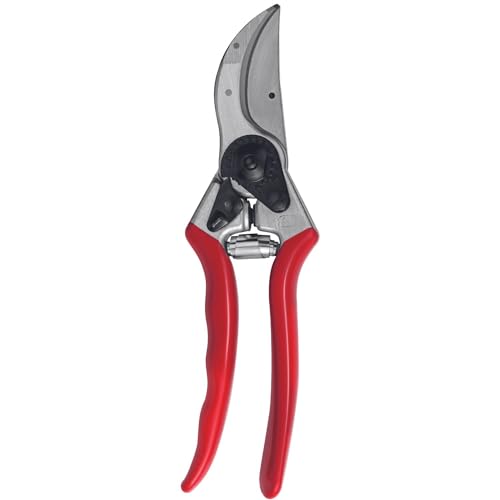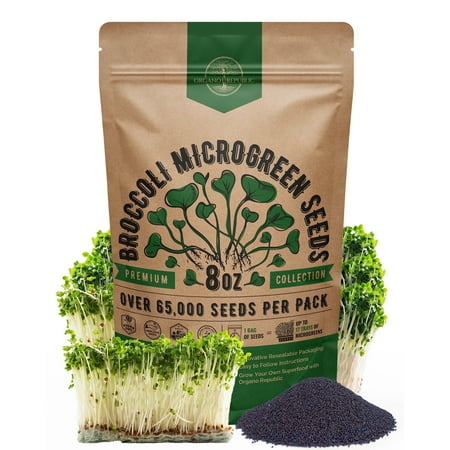5 easy gardening jobs to get done before September arrives – don't leave it too late to tick off these quick but important tasks
Fall is just one month away, so now is the time to prioritize these quick jobs
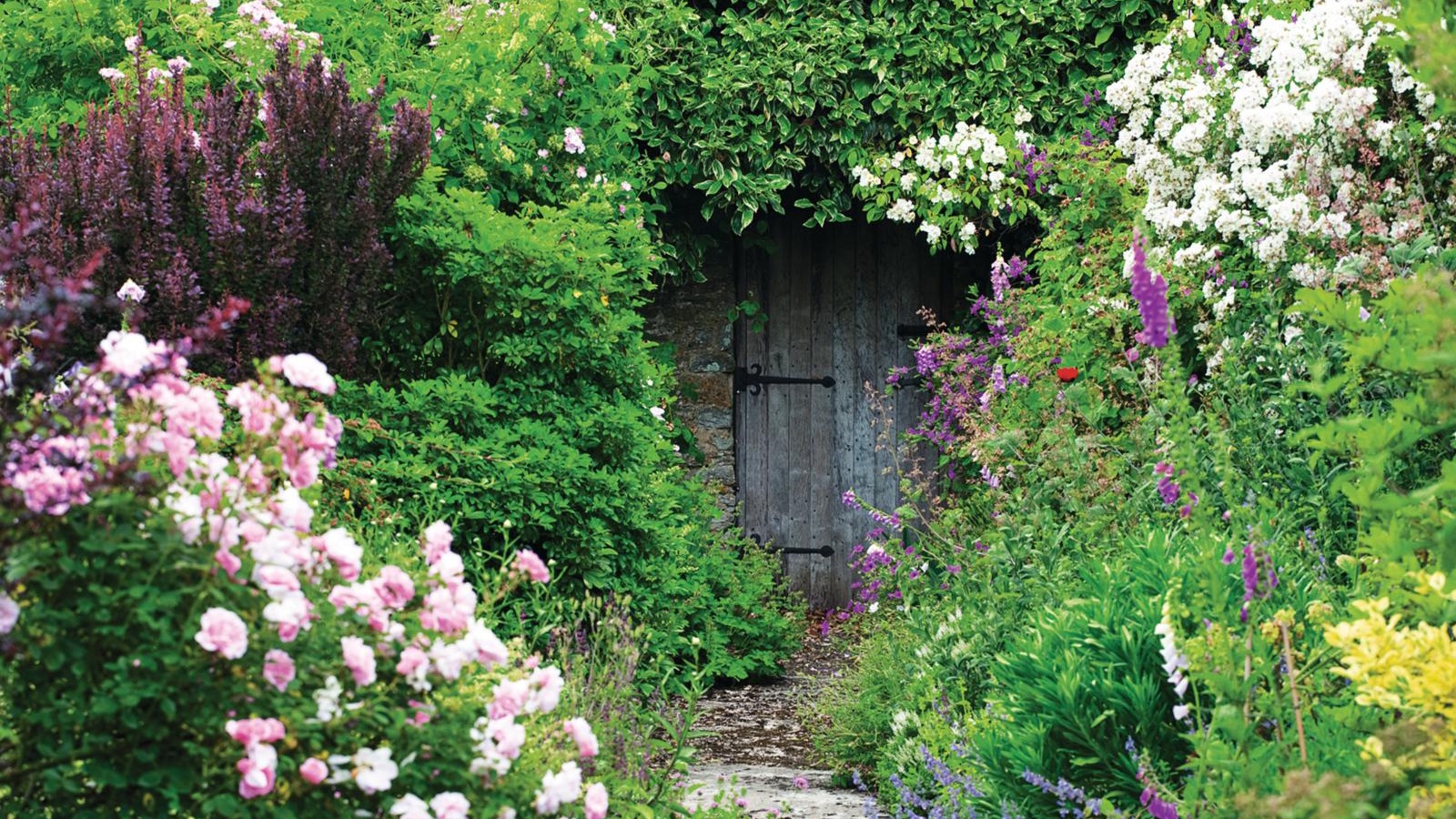

We're at that point in the year once again where we scratch our heads and wonder where summer went. As August starts to wrap up, we gardeners are looking ahead to fall gardening, but it would be a mistake to overlook the last days of this month.
The last week of August is a crucial time to get the last of your summer gardening checklist tasks done. In fact, fall officially begins on 22 September this year, so now is a vital time to get tasks done that will save time, money, and your plants before the chillier months creep up on us.
But, don't panic. The majority of late summer gardening tasks are quick and easy, you can even get a number of them done in one day. To help you prioritize, I've compiled a list of five gardening jobs to do before September begins.
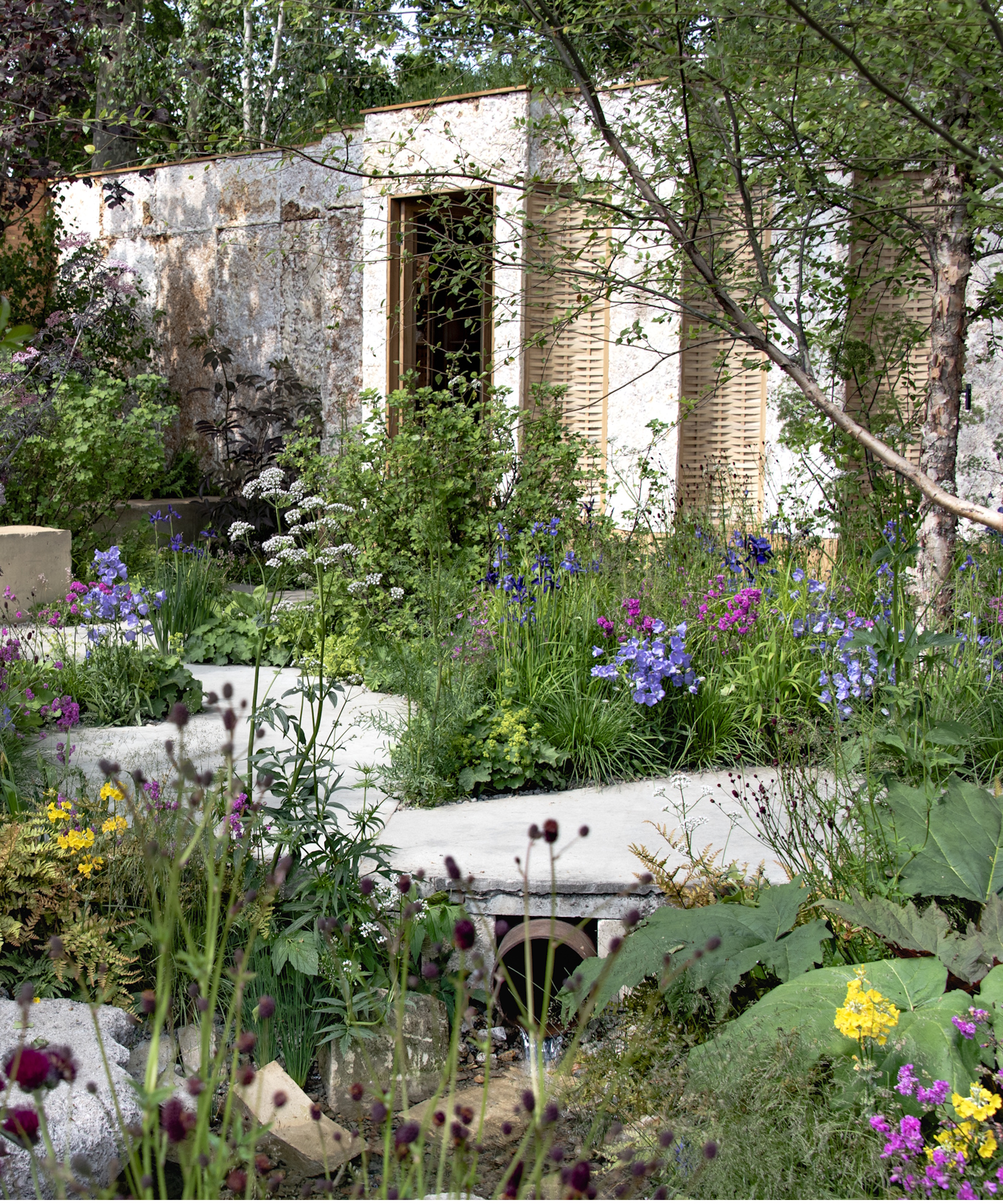
5 gardening jobs to do before September
These gardening jobs to do before September may also sit on your early fall gardening checklist, but getting them done sooner rather than later will give you more time to work on the higher effort, time-consuming tasks the fall months often require.
1. Give your yard a final summer weeding
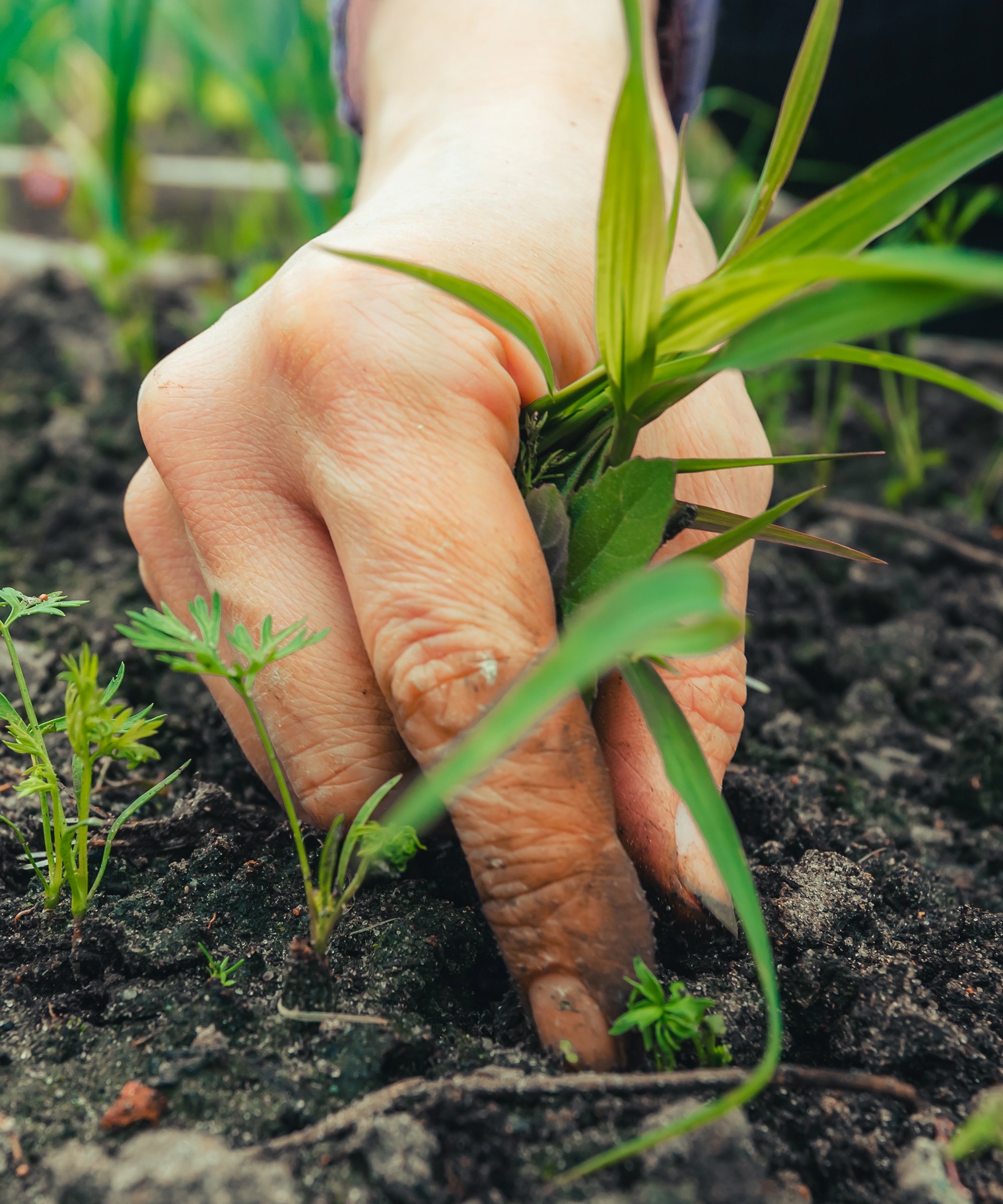
I don't know about you, but getting rid of weeds has felt like a relentless task this summer. You spend a day clearing your yard of them, only to spot them reappear a few days later.
Unfortunately, there is still some time to go before the cold temperatures kill off those annual summer weeds for the year, so it isn't quite time to give up on weeding just yet.
Use weeding tools to remove the last of the summer weeds and keep your seating areas and borders looking pristine for the final few garden get-togethers you host.
Design expertise in your inbox – from inspiring decorating ideas and beautiful celebrity homes to practical gardening advice and shopping round-ups.
There are lots of weeder types to navigate, depending on the types of weeds you're trying to remove.
For example, this paver weeding tool from Amazon is great for a patio, while this claw weeding tool from Amazon will help pull up roots in your lawn.
2. Order spring bulbs

There's still time to order spring bulbs if you haven't got around to this already, in fact we have a list of bulbs to order in August to help you out.
The best spring bulbs to plant in fall can sell out, so get ordering to avoid disappointment. Think flowers like tulips, daffodils, and crocuses, among others.
If you don't know where to start, take some time to reflect on your garden this year and what you would like to change or maintain next year. Make a list and start searching your local nurseries and garden centers for the best deals.
You can also find more specific spring bulbs online. For example, take a look at the bulb collection at Burpee.
3. Take pelargonium cuttings
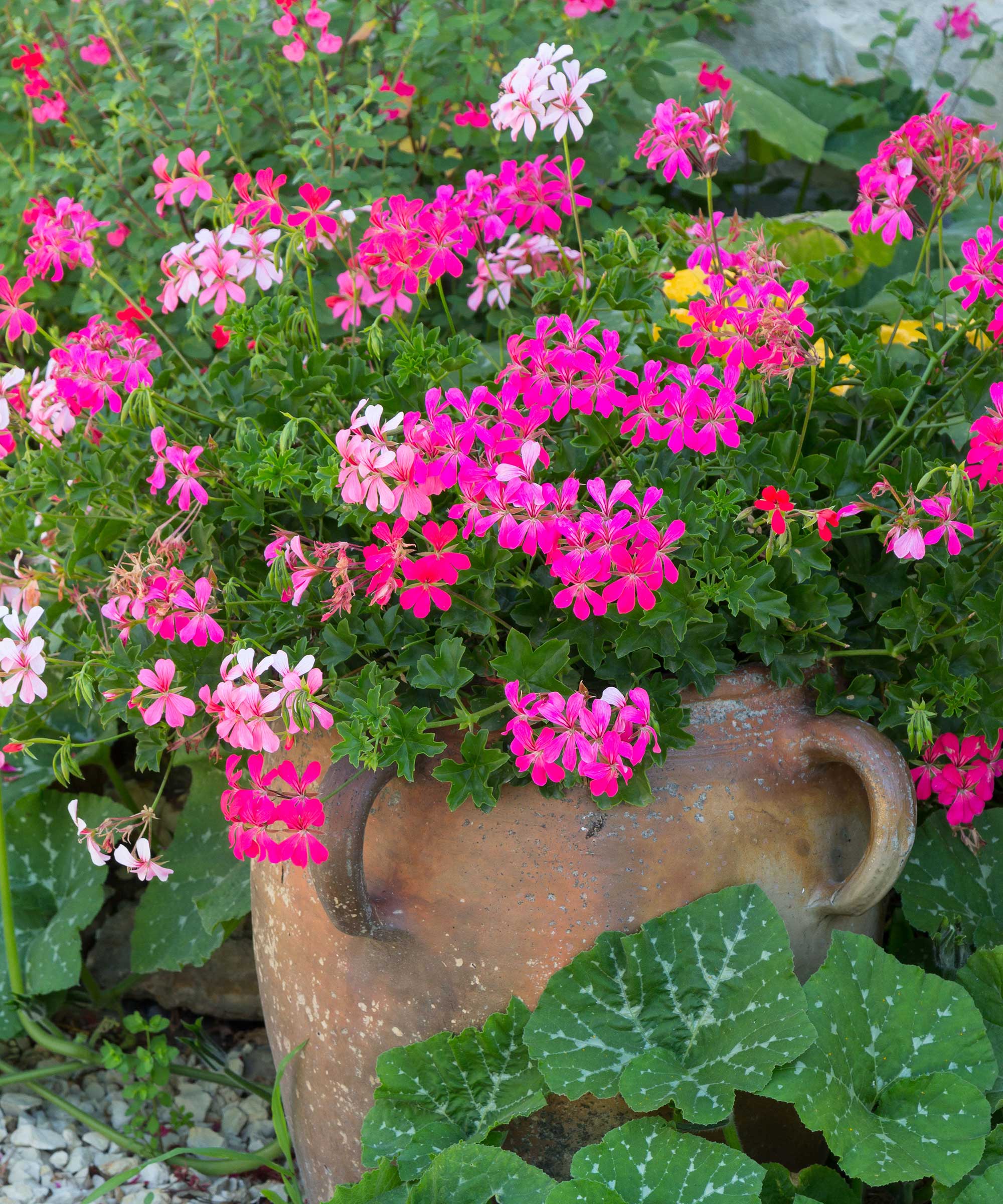
Before summer ends, you should also take advantage of the warmer temperatures and take softwood cuttings for new plants next year. One to consider propagating this month: pelargoniums.
'I have grown scented pelargoniums for many years now, using them in pot displays that add color and scent throughout the garden,' says Homes & Gardens' Gardens Content Editor Thomas Rutter.
'In late summer, it is a good idea to take softwood cuttings of these tender plants, particularly if you live in a cooler region. Simply snip some new growth (four or so inches), strip the lower leaves and add to a pot filled with well-draining seed and cuttings compost,' Thomas advises.
You can use nursery pots (from Amazon) and seed starter compost (from Amazon) to propagate your pelargonium cuttings.
'Doing so now will give your cuttings some time to develop roots before the first frost. Just be sure to keep them protected and warm through the fall and winter months ahead,' Thomas suggests.
You can keep your cuttings indoors on a bright windowsill, or in a greenhouse. When spring comes around, plant it up for another year of glorious, fragrant blooms.

Thomas is a Content Editor within the Gardens Team at Homes and Gardens. He has been working as a gardener and garden writer for several years. Whilst completing his Horticultural Traineeship at the Garden Museum, London, he was able to gain experience at many of the UK's world-famous gardens, including Sissinghurst, Lowther Castle, and Iford Manor. Following this, he worked for two private estates in Tuscany, Italy.
4. Sow microgreens for a quick harvest
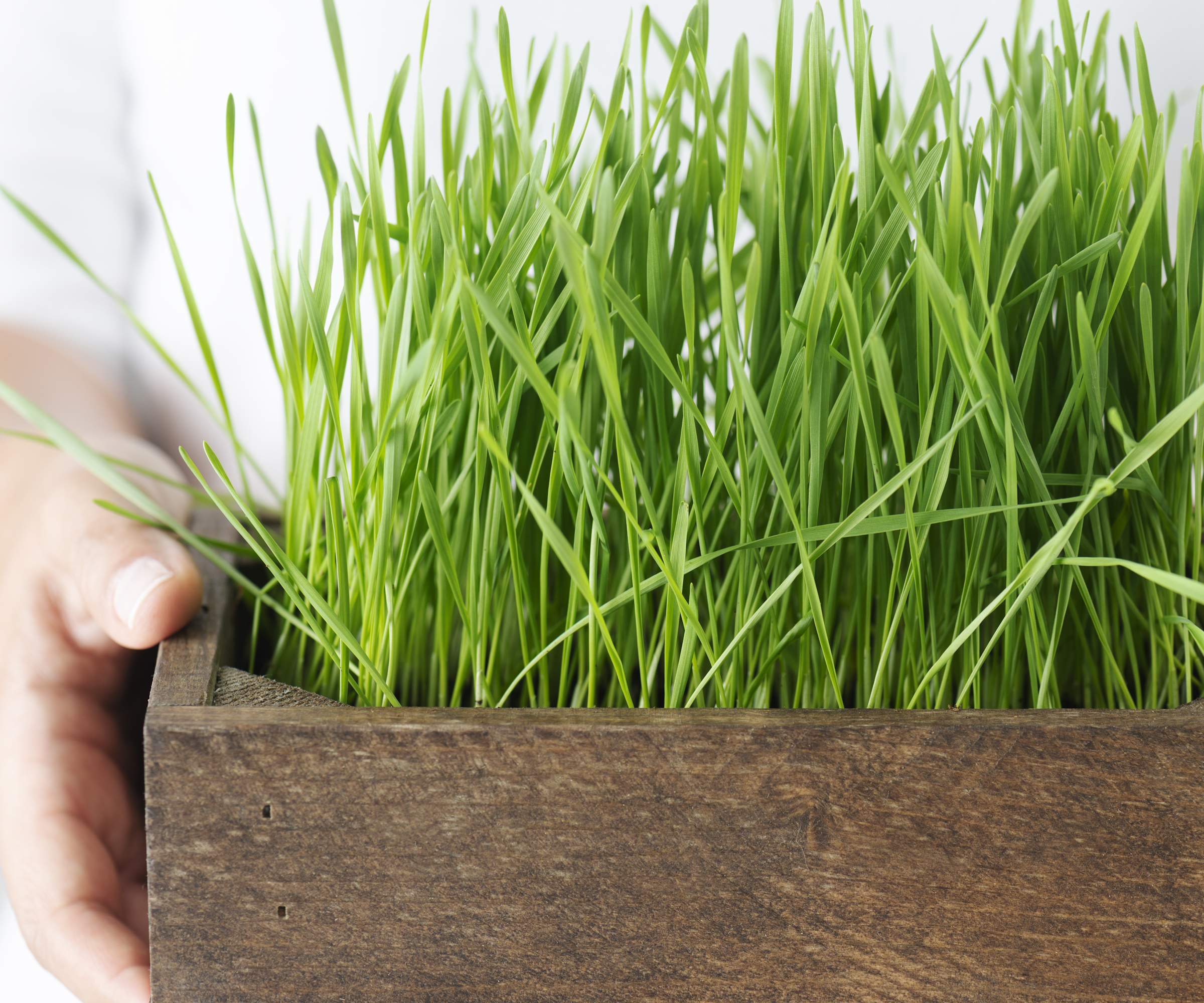
While the warmer temperatures stick around, you can still grow microgreens for a quick harvest of salad crops.
I'm personally doing this on my patio, where I can harvest cress, pea shoots, kale, and even arugula. Find microgreen seeds at Burpee to sow over the next few weeks.
All you need to do to make this a success is ensure your microgreens have a well-draining microgreen potting mix (from Amazon), are placed somewhere with plenty of sunlight, and kept at a consistent moisture level. Within just seven to 14 days, you'll have ready-to-harvest greens to add to salads.
Using sharp pruning snips (from Amazon), harvest microgreens by cutting just above the soil surface.
5. Start harvesting crops
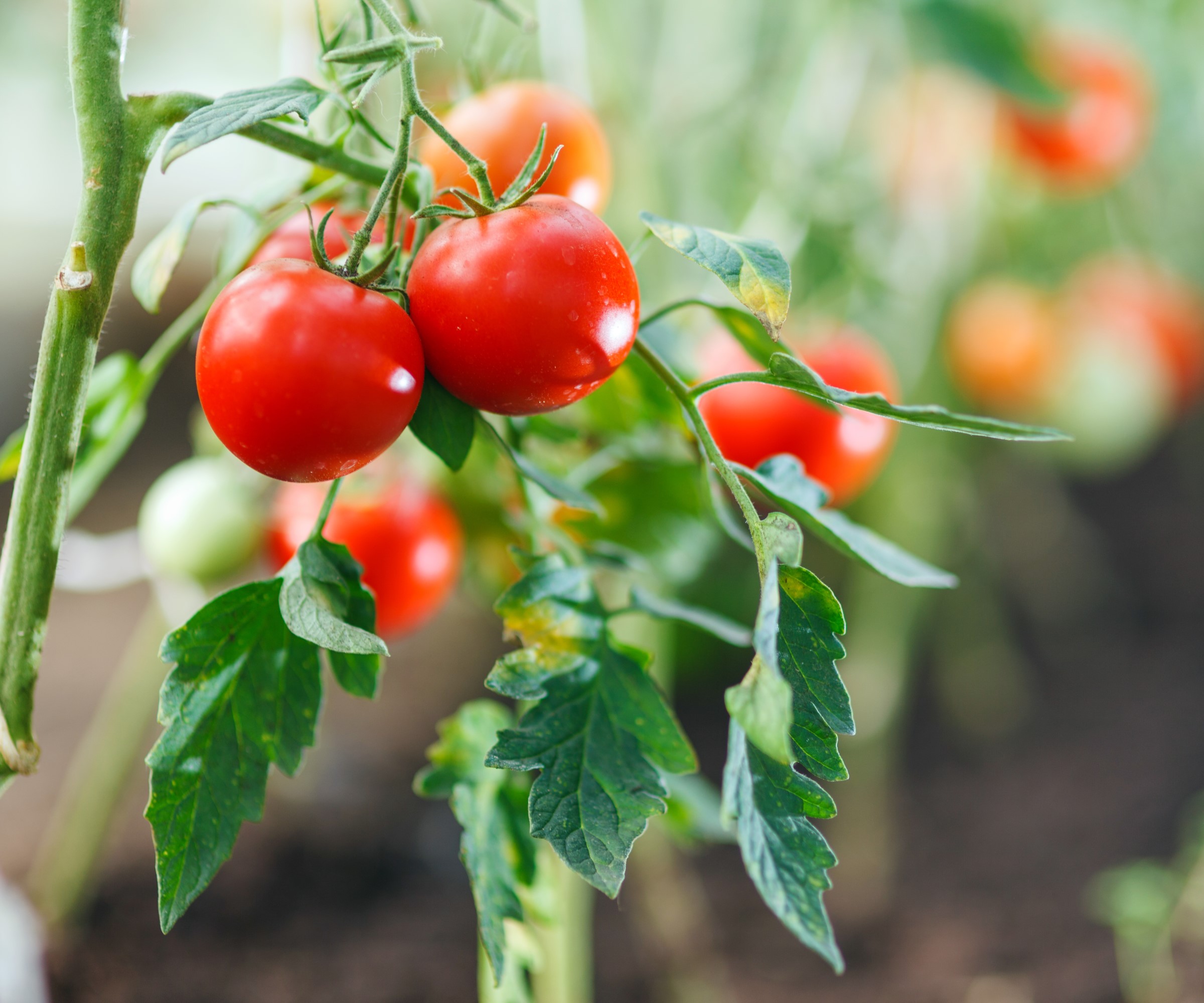
Late summer is a great time to start harvesting many of the crops you started growing earlier in the year.
So that you don't miss out on harvesting at the right time, make sure to check your crops during the last week of August.
Some tomatoes may have started turning red and are ripening to be harvested, and carrots are commonly harvested in summer (90 days after sowing).
Likewise, many fruit trees will be ready to harvest. Look for soft figs and yellow peaches, all ready for picking.
As the colder weather approaches, you may want to try a few hacks to help certain crops ripen faster. This includes ripening green tomatoes with a banana.
FAQs
Should I still fertilize my plants in late summer?
As growth slows down in August and September, it's a good idea to reduce fertilizing. Not doing so is a fertilizing mistake that can oversaturate the soil and burn the roots. The best thing to do is to stop feeding around September, allowing plants to gradually wind down as part of their natural growing cycle.
Of course, there are so many other jobs to do before September that you can take on, depending on what you want to achieve ahead of fall. For example, there are several plants to deadhead in August that will give you a second flush of blooms in early fall.
Shop garden equipment

Tenielle is a Gardens Content Editor at Homes & Gardens. She holds a qualification in MA Magazine Journalism and has over six years of journalistic experience. Before coming to Homes & Gardens, Tenielle was in the editorial department at the Royal Horticultural Society and worked on The Garden magazine. As our in-house houseplant expert, Tenielle writes on a range of solutions to houseplant problems, as well as other 'how to' guides, inspiring garden projects, and the latest gardening news. When she isn't writing, Tenielle can be found propagating her ever-growing collection of indoor plants, helping others overcome common houseplant pests and diseases, volunteering at a local gardening club, and attending gardening workshops, like a composting masterclass.
You must confirm your public display name before commenting
Please logout and then login again, you will then be prompted to enter your display name.
